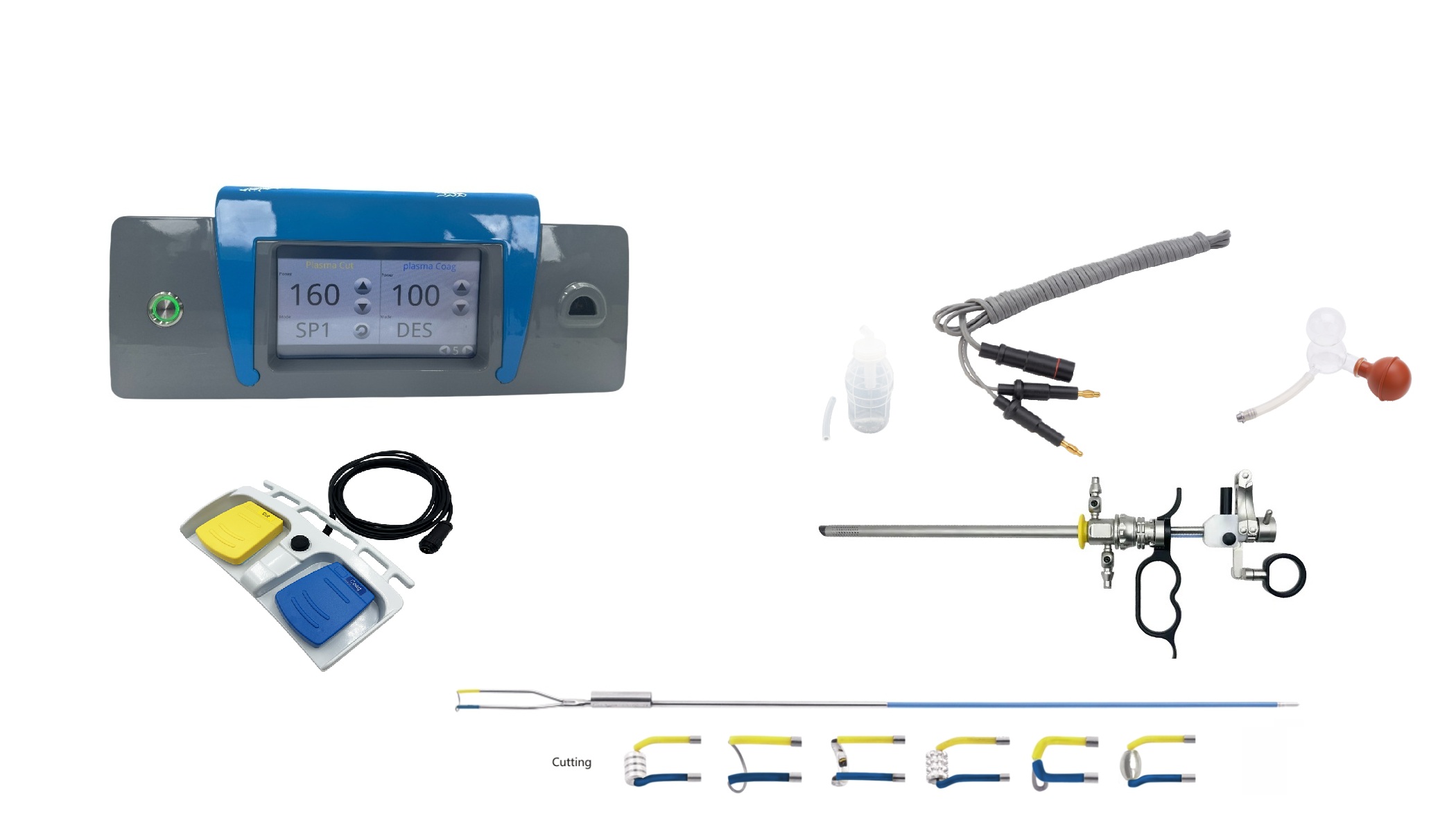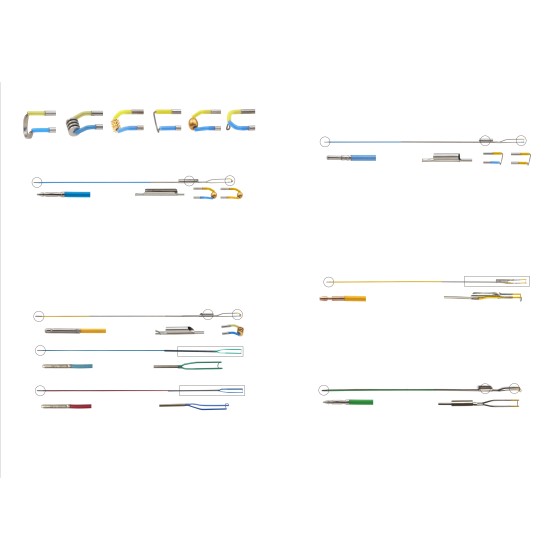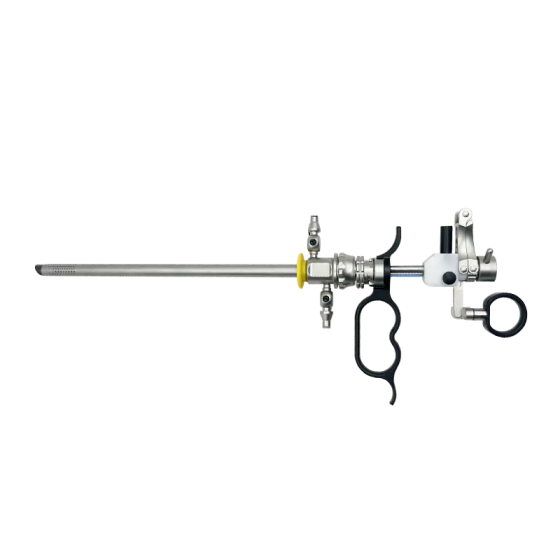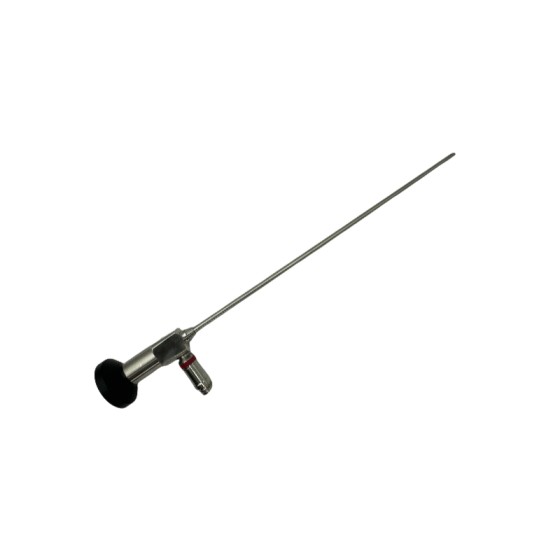Plasma system and Urology-Gynecology- surgery? What urological and gynecological devices are used in practice?
What is Urology and What Instruments Are Used in Practice?
Urology is a surgical specialty that focuses on the diagnosis and treatment of diseases of the urinary tract and the male reproductive system. This includes the kidneys, ureters, bladder, urethra, as well as the prostate, testes, epididymis, seminal vesicles, and penis in males. Common conditions include urinary stones, malignancies, infections, congenital abnormalities, and voiding dysfunctions.
In gynecology, many intrauterine conditions—such as uterine fibroids, endometrial polyps, intrauterine adhesions, and abnormal uterine bleeding—are increasingly managed using minimally invasive endoscopic techniques, particularly hysteroscopic electrosurgical procedures.
Modern urological and gynecological endoscopic interventions rely on specialized instrumentation. The QuNaMai Plasma Electrosurgical System, designed for both urological and gynecological applications, offers advanced technological benefits and complies with international quality standards, including GB/T 42061–2022 / ISO 13485:2016 for quality management systems medical devices and GB/T 19001–2016 / ISO 9001:2015 for general quality management systems.
Plasma Electrosurgical System — Redefining Precision in Surgical Procedures
▍ Globally Leading Low-Temperature Plasma Technology (40–70°C)
Molecular Dissociation without Carbonization
-
Proprietary plasma field operates at 40–70°C, achieving tissue dissection via molecular bond disruption, compared to traditional electrocautery which requires 300–400°C.
-
Minimal thermal penetration (<1 mm depth). In urology, this preserves urethral sphincter function and reduces post-operative incontinence risk by 62% (as reported in Chinese Journal of Urology, 2023). In gynecology, it protects the endometrial basal layer, reduces intrauterine adhesions, and preserves fertility.
▍ Intelligent Bipolar Energy Platform: Tailored for Various Procedures
| Mode | Technical Advantage | Clinical Application |
|---|---|---|
| SP1 200W | High-load cutting (300Ω) | Efficient vaporization of large-volume prostates (>80g); hysteroscopic myomectomy |
| DES 120W | Dynamic impedance feedback | Vessel sealing ≤3mm; non-stick coagulation; clear visualization in gynecologic surgery |
| Safety | CF-type isolation + saline irrigation | Prevents TUR syndrome; compatible with pacemakers; safe fluid management in hysteroscopy |
Three Major Advancements in Urology and Gynecology:
❶ Faster Recovery
-
90% of patients require catheterization for ≤24 hours (compared to 3–5 days with monopolar surgery).
-
Average hospital stay reduced to 1.3 days.
❷ Reduced Complications
-
With QuNaMai System: 0% TUR syndrome; intraoperative bleeding reduced by 50%
-
With Monopolar TUR: TUR syndrome incidence 8.2%; frequent transfusion required
❸ Enhanced Cost-Efficiency
-
Electrode lifespan exceeds 50 procedures (industry average: 30 procedures).
-
Saline irrigation eliminates need for costly solutions, saving ≥¥800 per procedure.
▍ Key Benefits in Hysteroscopic Applications
-
Fertility Preservation: Low-temperature dissection minimizes thermal damage to the endometrium.
-
Superior Visualization: Saline irrigation minimizes hemolysis and fluid overload, maintaining a clear and safe operative field.
-
Versatility: One energy platform supports both urological and gynecological procedures, improving operational efficiency and cost-effectiveness.
In addition to the plasma system, modern urology and gynecology also utilize a range of endoscopes (cystoscopes, ureteroscopes, hysteroscopes), laser devices, lithotripters, ultrasonic imaging systems, and urodynamic equipment, forming a complete ecosystem for diagnostic and therapeutic interventions.
The QuNaMai Plasma Electrosurgical System, with its technological excellence and clinical benefits, is becoming a new standard in urological and gynecological endoscopic surgery, enabling safer, more precise, and cost-effective interdisciplinary care.




